The walls of the Castle of Diósgyőr were built on the rock hill elevating from the valley of the Szinva stream. The anonymous chronicler of the 13th century (commonly known as “Anonymus”) mentions that a hill fort made from earth stood in this place at the time of the Hungarian conquest (or land-taking), which must have been ruined at the time of the Mongol invasion at around 1241. After the invasion, King Béla IV donated this place to a favourite man of his, Ernye Bán. Ernye Bán’s son, Palatine Stephen had the first stone castle surrounded by an oval-shaped ring built, complete with two round towers.
In 1364, King Louis the Great, often referred to as the “Knight King” (1325-82) attached a large estate to the castle, while, in the place of the clan-owned castle, he had a pompous Gothic castle with four corner towers built to Italian and Southern French models. With a moat embracing the walls, four enormous towers that seemed unconquerable, two-storey suites connecting the towers, as well as with the largest great hall of medieval Central Europe, the Castle of Diósgyőr was the country’s most beautiful and magnificent fortress.
Beside Buda, Visegrád and Zólyom, Diósgyőr gained significance as a royal seat after King Louis took the Polish throne as well. The castle, situated on the edge of the forests of the Bükk, rich in game, served as the king’s favourite residence where he was often accompanied by the two queens, his mother and his wife, along with the royal household. King Louis also celebrated his coronation as Polish king in Diósgyőr, and spent the Christmas of the same year here. The walls of the Castle of Diósgyőr saw such important political events as the ratification of the Peace Treaty of Turin in 1381, concluding the king’s wars on Venice. A provision of the treaty required that Venice fly the flag of the Hungarian king in Saint Mark’s Square as the sign of its dependence every Sunday and on holidays.
This period was also the golden age of hunting in the Bükk. At the time of King Louis’s reign, the deep forests of the Bükk did not only have deer, venison and wild boar in them, but were also the habitat of bears and bison. A large number of hunters, falconers, archers and dog leaders helped provide for the lavish royal court, residing in the castle.
Following the death of King Louis, Diósgyőr became the estate of queens. Until the lost battle of Mohács (1526), it served as a country residence of six queens, including Beatrice, the wife of King Matthias, endowed to them as a wedding gift: this is why the Castle of Diósgyőr was mentioned as the “wedding dress” of the queen at the time. During the reign of King Matthias and Beatrice of Aragon the castle was further decorated in a renaissance style. The last queen that owned the castle was Mary of Hungary (also known as Mary of Austria), the wife of King Louis II (1516-26).
After the tragedy of Mohács, the castle started to deteriorate in the hands of pledgees. At the time of Zsigmond Balassa’s tenure there were fortifying works taking place, but it was not long after that that the decay, which then lasted 300 years, began. 19th century paintings and photographs only show ruins, but the beauty of the landscape did not change a bit. The sunset in Diósgyőr inspired Sándor Petőfi to write his poem “Sunset”.
After several enthusiastic attempts, the excavation started in 1962, lasting for ten years, under the leadership of archaeologist Ilona Czeglédy. As a result, the Castle of Diósgyőr was conserved in a ruinous state. The castle was barely waist-deep when, in 2013, the reconstruction of complete parts of the structure of the castle was undertaken within the framework of the project “Diósgyőr-Lillafüred complex cultural and ecotourism development”. The objective of the undertaking, a pioneering one in monument preservation, was to have the castle reveal more of its history, the monarchs, events, human lives that are connected to its walls. The project also included the construction of an Arena for Jousting Tournaments and a related Marketplace, as well as the remodelling of the Hanging Gardens of Lillafüred, filling them with new functions as well. The reconstructed Castle of Diósgyőr was opened on 30 August 2014. One year later equestrian historical reenactors and sports events could also take possession of the Arena for Jousting Tournaments and the Marketplace. The castle was full of life again! Period furniture, costumed animators, historical games, historical reenactments and modern devices help time travel to historical periods which are hiding many more secrets and curiosities than one would ever think!




